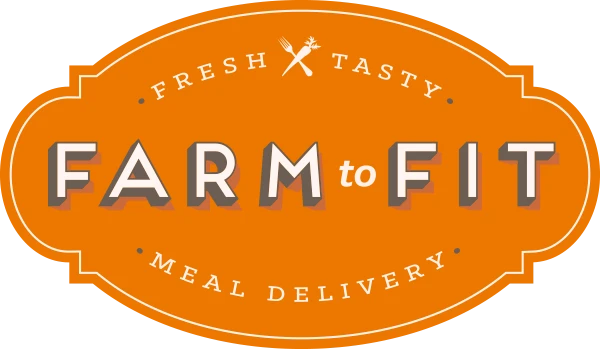How to Keep a Food Journal
Posted on

It's easy to mindlessly eat. Whether it's snacking during a Netflix show or grabbing something from the office vending machine in the afternoon, the fact is we aren't always aware of what we're putting in our bodies. That's where a food journal can come in. Especially if weight loss is a goal, keeping a log of everything we eat during a day can be a big help. In one study of nearly 1,700 participants, those who kept food diaries lost twice as much weight as those who didn't keep records.
So, how do you keep a food journal? The main thing is simply to write down everything you eat. You can do it the old-fashioned way, with pen and paper, or take advantage of some apps that count calories for you if you log your food.
Beyond that, here are some more in-depth guidelines experts recommend:
- Include portion sizes. Be as specific as you can when recording the food and drinks you consume. Think about the "serving size" descriptions on the backs of snack packages—whether it's 11 potato chips or a 1/4 pound hamburger patty, recording what you eat in as much specificity as possible will help you in the long run. According to Harvard Health, it's best to weigh and measure your food, if possible.
- Include how the food was prepared. Write down whether your chicken was baked or fried, and if your eggs were scrambled or hard-boiled. If you fried a piece of chicken in olive oil, include the olive oil in your entry. Getting as many of these details as possible will give you a better sense of exactly what you're eating. This goes for sauces and toppings, as well. What kind of salad dressing did you use? Did your salad have croutons? Include this kind of info.
- Record right away. The strategy for getting the most accurate entry is to record what you eat right after eating. If you wait until the end of the day to try to think back and reflect, you're likely to forget something and not be as accurate. A study in *Obesity* found that this practice only takes a total of 15 minutes total per day, once you get used to it.
- Include the small things. If you take a taste of a dish while cooking or have a bite of your friend's dinner while out at a restaurant, record those in your food journal, too. It may feel like just a little bit, but recording these small bites can give you a deeper sense of your eating habits.
- Record the time you eat. Recording the time of day you're eating can help you zero in on potentially problematic snacking times, such as late at night. It can also just give you a better sense of your all-around relationship with food.
- Create a comprehensive picture. Recording where you eat, what you're doing while eating, and your mood, can give you a better sense of your habits. Include details like who you are eating with and if you're watching TV while eating. Paying attention to how you feel while eating can help you make connections that might be important, such as if you reach for the snacks when you feel anxious or bored.

How to Use a Food Journal
Keeping track of your food intake for at least 3 to 4 days is a great start. Ideally, go for a week. Look for trends and patterns in what you're eating, such as:
- How many servings of fruits and vegetables do I eat each day?
- How many whole grains do I eat each day?
- How many processed foods am I eating?
- Do my moods correlate with my eating habits?
- Do any circumstances make me over-indulge?
Once you have evaluated your food journal for patterns, it's time to set goals for change. Maybe you want to eat fewer processed foods, or to drink less alcohol. Maybe you want to incorporate more vegetables into your diet. The important thing is to focus on just one change at a time, so you don't get overwhelmed.
Overall, keeping a food journal can help you with awareness of what you're putting into your body. Be patient with yourself as you strive to make changes based on it.
